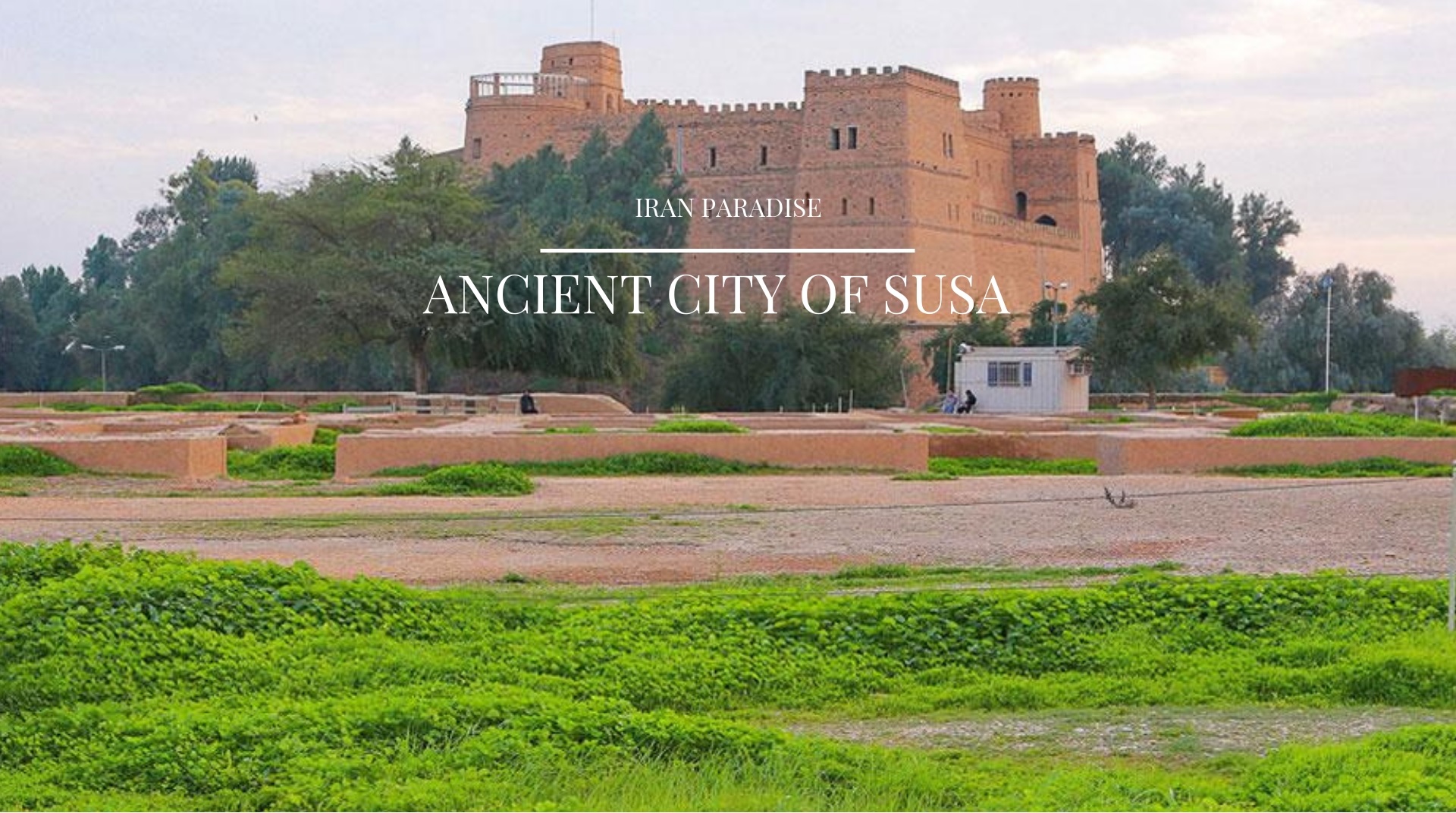


The historical region of Susa from the beginning of the fourth millennium BC. M, has shown its existence in the scene of history and has been considered as an artistic, industrial, commercial and political center from the very beginning. The city of Susa, during the time of the Elamites, was chosen as a political and religious capital due to this special situation, and until 640 BC; The city was destroyed by Assyrian King Banipal.
In this city, many works and documents have been obtained from other historical periods of Iran, such as the Sassanids and the Islamic period. These features have made this city as a museum of different prehistoric, historical and Islamic periods of Iran (up to the 5th century AH).
The ancient city of Susa is one of the centers of ancient civilization, one of the most famous cities in the world, the capital of the country of Elam for several thousand years and also the winter capital of the Achaemenid Empire. Susa was a large settlement and center for Khuzestan in the Middle Ages, which at that time had several cities, towns and suburbs, and in that city there were strong and old castles, magnificent markets and a mosque with round columns. The city is famous for its raw silk, bergamot, pomegranate and sugarcane textiles. The tomb of Daniel the Prophet is located in the city of Susa. Susa was also one of the most populous and prosperous cities in the Islamic period. When the center of Khuzestan was moved to Ahvaz, Susa gradually lost its importance. In the lower floors of the city are artifacts that archaeologists date back to 8,000 years ago.
The historic site of Susa has been inscribed on the World Heritage List. After reviewing the world registration file of the ancient site of Susa, this file was registered on July 4, 2015 at the UNESCO meeting in Bonn, Germany.